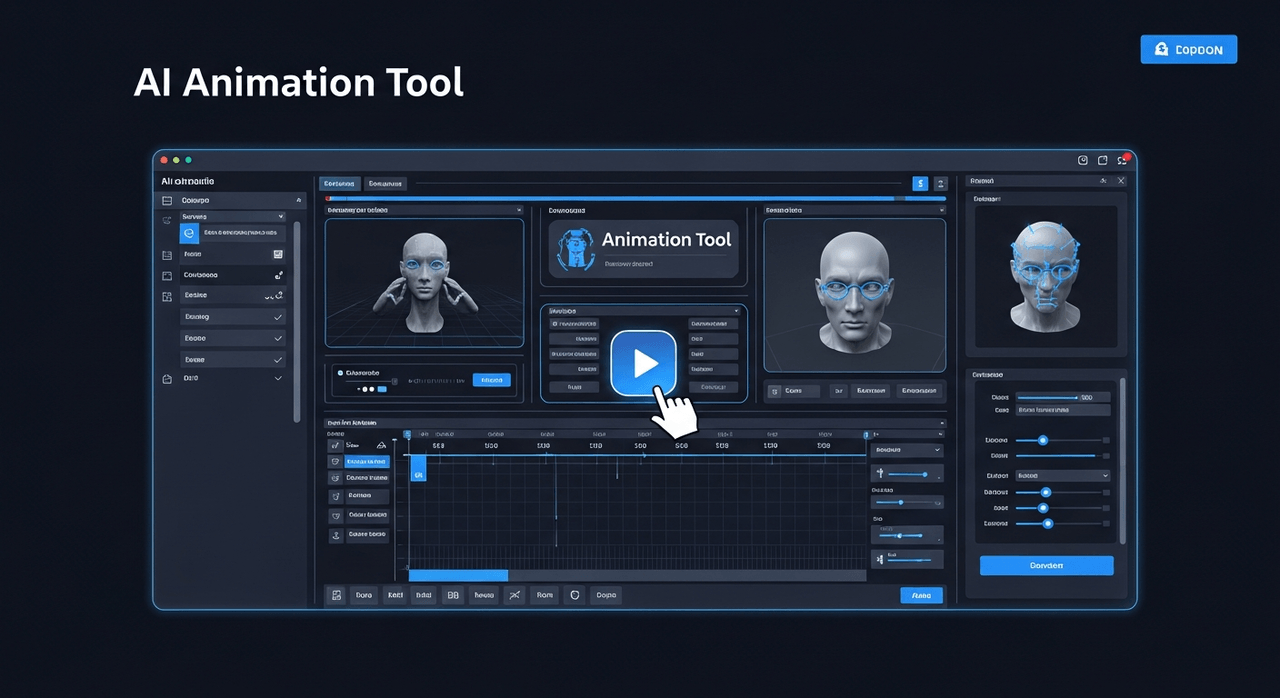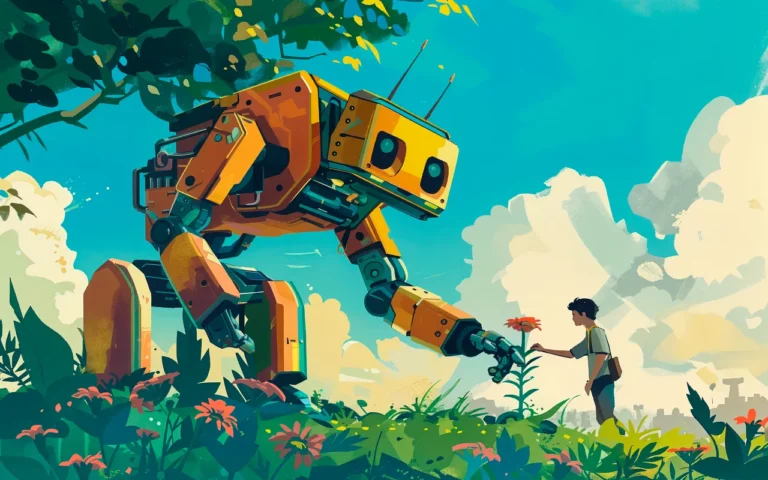If you’re about to pitch an animated series, there is one thing you absolutely must have: a series bible (also called a pitch bible) . A series bible is more than just a pitch. It is your creative north star. It shows networks, studios, and producers that you understand your world completely.
In 2025, with streaming on the rise, global co-productions starting to dominate the landscape, and everyone fighting for a piece of original content, a series bible must do even more. Whether you are an animation writer, part of an indie animation studio, a freelance creator, or a student with big dreams, knowing what to include – and importantly – what to exclude – can be the difference between a pass and a green light.
Here, let’s lay it out. This is your series bible checklist for 2025, nice and simple.
1. A Hook That Grabs in the First Few Lines
Think of your first paragraph like that wild opening scene in a binge-worthy TV show—you know, the one that slaps you awake and makes you forget you even own a remote. No time for boring warm-ups or yawning intros. Just drop your reader right into the thick of it. Hit ’em with the best part, the hook, the thing that makes your story not just another background noise, but the main event. You’ve got maybe a few lines to make them care, so don’t waste it on fluff—go straight for the punch. Is it the voice, the tone, the world or the goal of the protagonist? Start there.
Ensure this section feels personal and specific. Don’t get corporate about it. Make it sound like you’re talking to another person who could actually love this story.
2. A Clear and Simple Logline
After your hook, drop the logline. This is one or two sentences that explain what the show is and why it matters. It’s not a tagline. It’s the DNA of your series. Here’s a trick: include the main character, their goal, the obstacle, and something about the world or tone.
For example:
“A grumpy raccoon mechanic must fix broken stars in a cluttered universe while avoiding his past mistakes and galactic debt collectors.”
Simple. Visual. You get it in five seconds.
3. The Show’s Core Concept
Now go a little deeper. What’s this show really about? What kind of themes does it explore? How does it feel? Will it be a weekly comedy or another thing that turns into an emotional experience over multiple episodes? Answer this question like you are answering, “If this show is a success, what will audiences say they love about it?”
Use this part to address tone, target demographic, format (11-min, 22-min, limited series), and where the show fits or differentiates itself in the marketplace.
4. World-Building That’s Just Enough
Animation often lives or dies based on world-building. But that doesn’t mean writing a novel. Give just enough detail to help someone picture the setting and its rules. Is it a magical realm where jokes fuel the economy? Is it a slice-of-life suburb with monsters living next door? Focus on what’s unique, visual, and affects the story.
And here’s a pro tip: if your world changes over time, say that. Bibles with evolving worlds feel richer and more dynamic.
5. Strong, Lovable (or Lovably Flawed) Characters
Readers fall in love with shows because of characters. Your bible should make them care. Start with the main cast. For each character, write a short paragraph that includes:
- Their personality
- Their core conflict or contradiction
- What drives them
- How they change or react over time
Also, mention how they bounce off each other. Good character dynamics can often sell a show faster than the plot can. Avoid giving long backstories. Use behavior and voice to paint them quickly. The reader should “hear” each one in their head.
6. A Sample Episode or Storylines
This is where you show what an actual episode looks and feels like. If the show is episodic, give a few short episode summaries. If it’s serialized, outline the first season arc in broad strokes. Don’t overdo it. Three or four strong examples are better than a full season roadmap.
Keep each summary to one paragraph. Focus on the emotional core or the funniest part—not every scene.
7. Visual Tone and Style Direction
You don’t need final art, but a bible in 2025 should describe the look and feel clearly. Is the animation style flat or dimensional? Colorful or gritty? Inspired by classical anime or webtoons? Think about how you’d describe it to the art director. If possible, describe how the visuals will support the tone, perhaps the colours shift based on the character’s moods, or loose linework is used to reflect the messy and chaotic world!
If you have visual references – style frames, concept art, mood board – make sure to attach them as an appendix or provide links!
8. The Show’s Heart: Why Now? Why You?
This is a short but crucial section. What makes you the right person to tell this story? Is it personal? Inspired by your culture, childhood, or struggles? Also, why does the world need this show right now? If your story touches on identity, climate, loneliness, found family, or anything else timely—this is the place to say it.
Keep it honest and human. Don’t try to make it sound big and important unless it really is.
9. Production Scope and Format Basics
Studios and partners want to know what they’re looking at. Clarify:
- Target audience (6-11, 13+, all ages)
- Episode length and count
- Format (2D, 3D, mixed media, hybrid live-action)
- Distribution thoughts (streaming, broadcast, short-form, feature potential)
You don’t need to have all the answers, but showing that you’ve thought it through helps them take you seriously.
10. Expansion Potential
Think beyond season one. Where can this world go? Could there be spinoffs? Merch? Shorts? Games? You don’t have to go full marketing mode here. Just give a peek into the bigger picture. Maybe it’s a mystery that deepens in season two. Maybe there’s a hidden antagonist. Or maybe it’s a town full of characters we haven’t even met yet.
Make it feel like there’s more story waiting to be told.
11. Your Voice, Not Just Your Info
This one’s the most overlooked. Many bibles feel like business documents. But the ones that get remembered feel like the show itself. Write the bible in the show’s tone. If the series is funny, make the descriptions funny. If it’s dramatic, be direct and emotional.
Don’t be afraid to show your personality. You’re not just selling an idea. You’re showing them that you can lead the creative voice of a series.
Final Thoughts
A high-end series bible doesn’t have to be 50 pages long! It just has to be clear, exciting, and full of promise. If you are an indie studio, a freelancer developing your first original, or a team prepped for a pitch meeting, don’t rush a bible. This is the piece of documentation that can trigger the launch of your show; or at worst, cause the show to stall indefinitely.
It’s 2025! Animation is available globally, and the field is competitive more than ever. That means your ideas matter. But execution matters even more.
And it all starts with a killer series bible.
So go build yours. Make it tight. Make it feel. Make it impossible to ignore.









